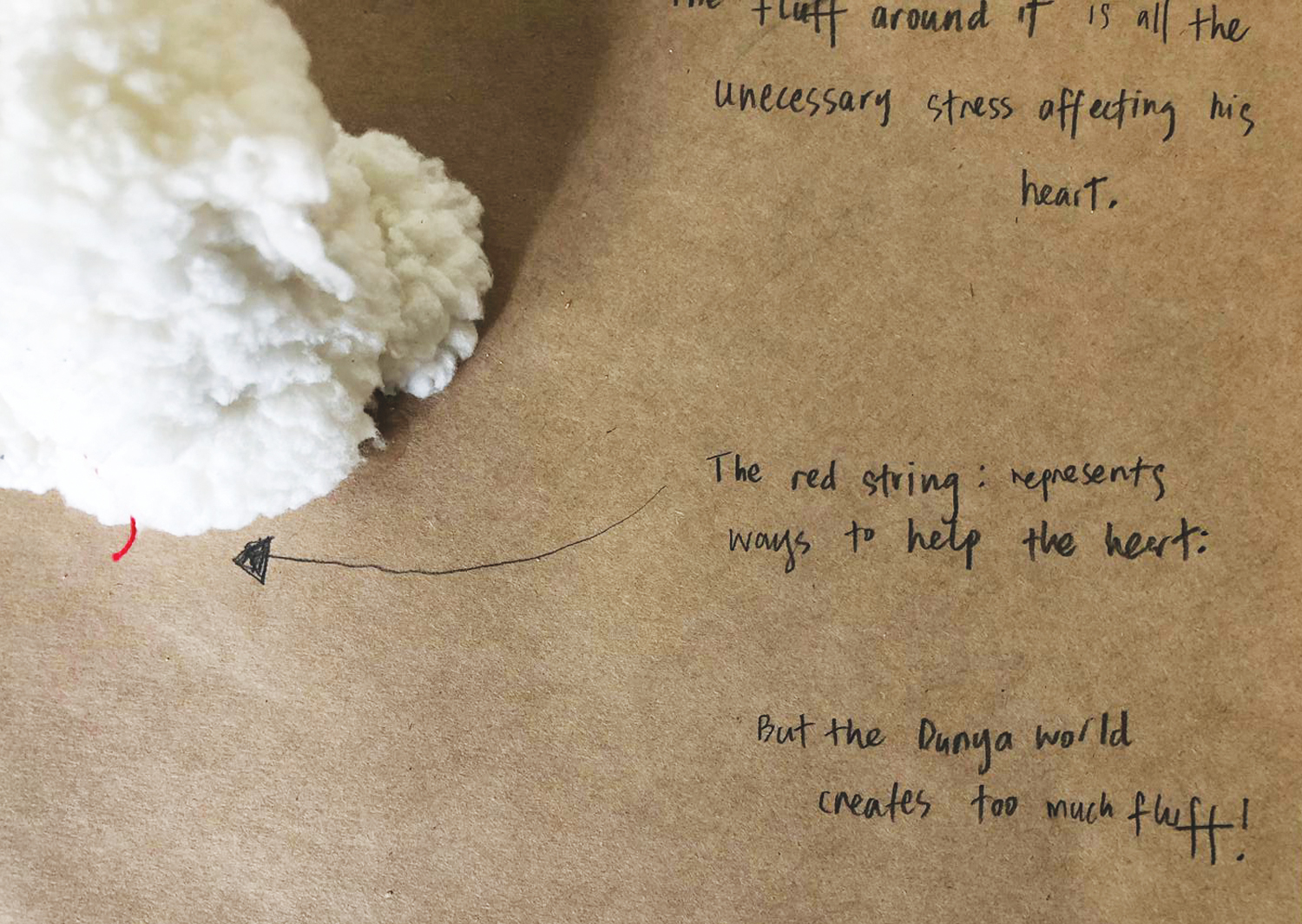“I didn't think I had any emotions at the start…” - H. Ali
There’s something to be said when someone’s need for truth and resolve overcomes their need to be someone else. Especially in a group setting.
A participant from a session I facilitated shared the shift between what he was prepared to experience to what he actually experienced. Rather than obliging to a perceived sense of self, he did one of the hardest things anyone can to do – He listened to himself. Deeply listened.
The shift happened during the making stage where participants were invited to creatively represent a certain aspect of their lived experience. Witnessing moments like these have a profound impact on me, and I wanted to know more about his process.
Here’s the exchange we had..
What was your thought process before and during the making of this piece?
Initially I didn't think Art Therapy would help. I had been to a couple of different sessions all of which focused on using emotions to illustrate a piece. Here I was motivated with one intention: to present how I feel, using whatever was available.
To me, ‘feeling’ is the journey leading up to an emotional reaction, and this session was different as there was more focus on understanding how you are feeling and using that to create a piece.
Having options other than illustration provided an outlet of creative expression. With the aspect of ‘feeling through’ I was able to touch, hold, grab, pick, pinch, pull. This process in using our feelings made the difference.
What made you choose the materials you did?
I felt that the materials chose me - as weird as it sounds. I was drawn to materials that I felt could convey exactly how I was feeling.
What made you listen to your actual experience - using white fluff, stones, string and glue, rather than follow your pattern of using only pen and markers?
I guess what I was feeling was complicated and I realised pen and paper just wouldn't cut it. It needed more than a 2D representation. Having access to an array of materials that could be attached, tied, glued assisted me in unraveling the layers of what I was feeling, and viewing my issue as a ‘whole’ entity.
What was your emotional process?
I didn't think I had any emotions at the start. But when I was listening throughout the session I began to gauge deeper feelings that were affecting my mental health. I felt quite vulnerable at the end, as my guard and defences were down for me to creatively express myself without any judgement.
When you commenced your facilitation you ensured there was an element of trust, confidentiality and respect. This agreement between all participants allowed individuals to really divulge how they were feeling. There were no right or wrong answers, just an opportunity to engage how one is feeling.
I felt you assisted in creating an environment where an individual can listen, absorb and reflect.
What did it feel like afterwards?
I felt relieved and quite amazed as to what had been expressed. Seeing something in 3D form made me feel there is more I need to delve into.
Art therapy addressed issues without actually mentioning the issue.
Generally speaking, for a man to address his emotional issues has always been ‘taboo’. I feel growing up in Melbourne, as a Muslim, I witnessed that topics of mental health were never addressed. Issues that could've been dealt with just by speaking to a guidance counsellor, psychologist, or even your local doctor.
Understanding our feelings, stresses and mental blocks may not be an immediate process. Art therapy with you assisted me with the tools to understand what I may need to address long-term issues, as sometimes having a step-by-step plan can be easier to overcome issues than tackling the obstacle all at once.

